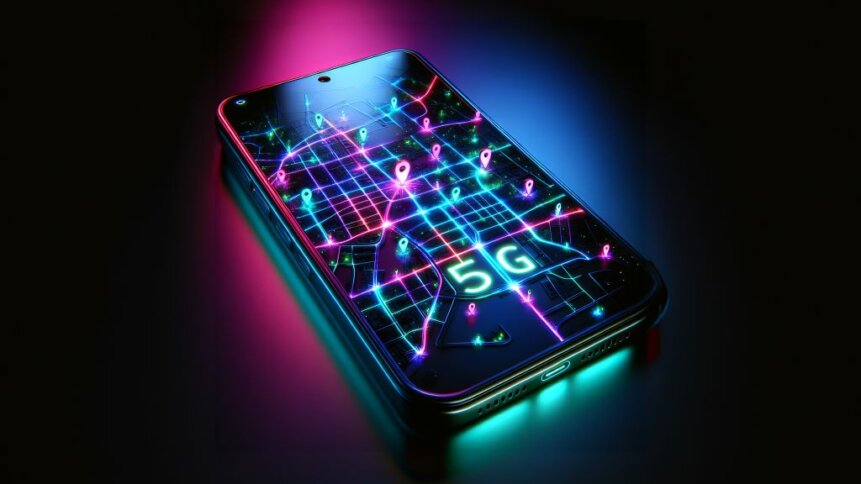5G positioning adds to cellular network skillset

|
Getting your Trinity Audio player ready...
|
With Mobile World Congress (MWC) 2024 getting underway in Barcelona this week, it’s worth reflecting on one advantage of 5G that often goes under the radar – its positioning prowess. Mobile networks have long had the ability to triangulate user equipment based on signals received from neighboring base stations, but 5G positioning takes this to the next level.
What’s more, while ramping up the accuracy of radio-based positioning typically incurs a cost for users – who may need to install additional hardware – 5G breaks this trend by using existing communications technology to deliver high-resolution location information at a lower price point.
MWC Barcelona 2024 is officially OPEN!! 🎉
Don't forget to join the conversation using #MWC24 and #4YFN24 and enjoy the event! pic.twitter.com/uD1vHenuTA
— #MWC24 (@MWCHub) February 26, 2024
Want to know more about 5G positioning? Then MWC 2024 is the place to be.
Thanks to features added to the global wireless standard, 5G networks offer positioning capabilities that can pinpoint connected devices within a 1 m area, and that’s just the beginning. “5G Advanced represents a further development of 5G technology and promises faster data transmission of 20 GBit/s and localization accuracies of 20-30 cm to meet the growing demands of the connected world,” writes the Fraunhofer Institute for Integrated Circuits (Fraunhofer-Institut für Integrierte Schaltungen).
Applications are numerous and will appeal to industrial users in particular. As Ericsson – a provider of indoor 5G positioning systems – points out, smart manufacturing operators can use real-time location information to specify tool settings. “Tightening wheels and putting on car doors requires different torque curves,” explain Magnus Kristersson and Partha Sarathy – product specialists at the global communications technology firm – in a related blog post. “With indoor 5G positioning, we can automate getting the right torque curve to the right tool while disabling tools that are not in a work cell.”
Qualcomm – a developer of chips for mobile devices – has put together a test bed highlighting its industrial precise positioning capabilities using 5G and complementary technologies. In the demonstration, engineers used 5G positioning augmented with machine learning RF fingerprinting to locate machinery under non-line-of-sight conditions.
The setup has six 5G transmission reception points distributed within the facility, which can follow objects of interest with high precision thanks to the data fusion approach.
On TechHQ, we’ve written about how private 5G networks can be a game-changer for businesses. Firms can use private 5G networks to bring connectivity to locations not readily served by public mobile networks – for example, operations in remote areas. But the benefits don’t have to stop there.
If companies are looking for accurate real-time location services on top of data transmission capabilities then it’s possible that 5G networks could perform both duties, saving on the amount of upfront investment required.
Modern wireless standards such as 5G feature positioning reference signals, which can be received passively by user equipment to help pinpoint devices. It’s also possible to measure round trip time using multiple cells to deliver positioning information. And one of the big breakthroughs is the use of angular based methods that report on the arrival of signals across 5G antenna arrays.
Researchers in Sweden have shown how developments have made it possible to perform vehicular positioning with only a single base station, which shows how car-makers could automate navigation when GPS signals are unavailable.
Satellite navigation can become unpredictable when relatively weak GPS signals are blocked in dense urban areas. Mass transit systems such as trains can also be disrupted when satellite positioning fails, as their automatic door-opening systems depend on GPS functionality.
The list of potential use cases for 5G positioning is long and includes use cases indoors and outdoors, from asset tracking to emergency rescue. Plus, solutions can be portable – such as the Fraunhofer IIS Nomadic 5G positioning testbed, which the institute has on display at MWC 2024.









